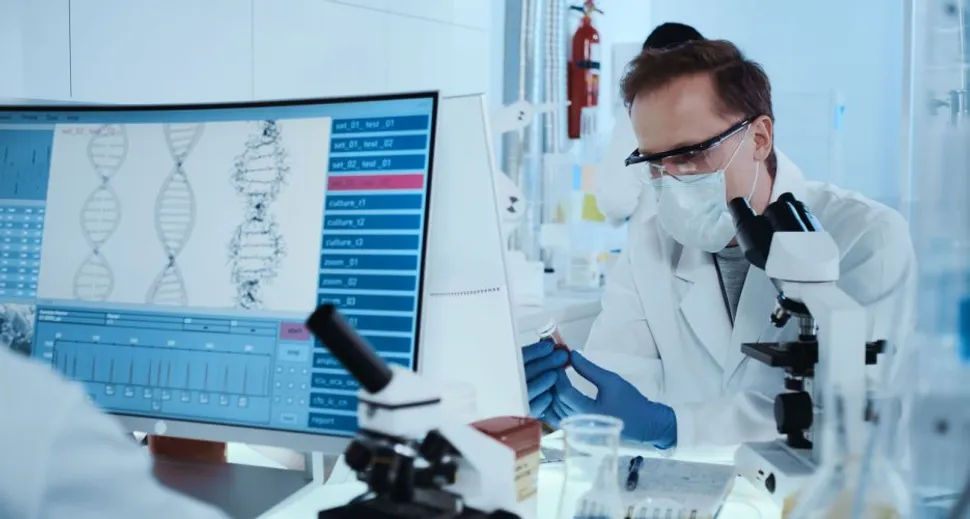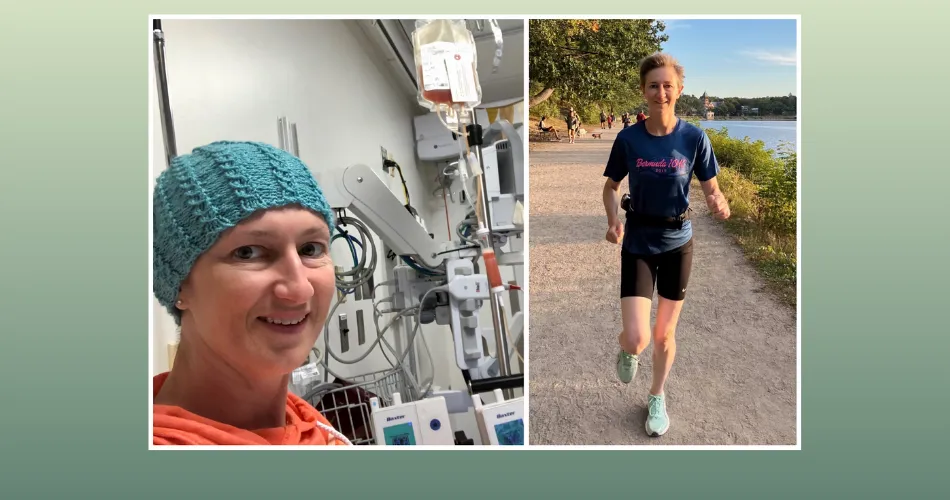Familial AML With The CEBPA Mutation

Understanding This Form Of AML
Inherited acute myeloid leukemia is a rare and malignant disease. It is often associated with the CEBPA (CCAAT Enhancer Binding Protein Alpha) mutation. This gene abnormality is found in 10%-15% of AML cases. Double mutated CEBPA has favorable outcomes, but single mutated CEBPA patients do not have an improved diagnosis.
“While acute myeloid leukemia is generally a disease of older adults, familial acute myeloid leukemia with mutated CEBPA often begins earlier in life, and it has been reported to occur as early as age 4. Between 50 and 65 percent of affected individuals survive their disease, compared with 25 to 40 percent of those with other forms of acute myeloid leukemia.”
CEBPA Mutation
The CEBPA mutation is passed down within families. It interferes with the tumor suppressor gene. This will “disrupt the regulation of blood cell production in the bone marrow, leading to the uncontrolled production of abnormal cells that occurs in acute myeloid leukemia.” Relapse in patients is extremely common.
People with CEBPA mutated AML are characterized by:
- A shortage of white blood cells.
- Increased infections.
- Anemia (low red blood cell count).
- Fatigue and weakness.
- Easy bruising and abnormal bleeding (due to low platelet counts).
- Fever and weight loss.
Treatment
Several studies have shown the following results for treatment:
- This form of AML is highly sensitive (and responsive) to chemotherapy.
- There is no significant difference in receiving an allo-stem cell transplant vs. an auto-stem cell transplant.
- High-risk patients appear to benefit more from an auto-stem cell transplant.
- Relapsed patients who received a stem cell transplant showed a 3 -year overall survival of 46%.
Conclusion
“Those with familial AML with CEBPA mutations, favorable outcomes could be achieved by chemotherapy, and those with refractory or relapsed disease should receive allo-HSCT to eliminate the germline mutations with related donors without mutations or unrelated donors.”
Familial CEBPA associated AML is defined as one or more family member having AML.
See HERE for genetic testing options.
Understanding This Form Of AML
Inherited acute myeloid leukemia is a rare and malignant disease. It is often associated with the CEBPA (CCAAT Enhancer Binding Protein Alpha) mutation. This gene abnormality is found in 10%-15% of AML cases. Double mutated CEBPA has favorable outcomes, but single mutated CEBPA patients do not have an improved diagnosis.
“While acute myeloid leukemia is generally a disease of older adults, familial acute myeloid leukemia with mutated CEBPA often begins earlier in life, and it has been reported to occur as early as age 4. Between 50 and 65 percent of affected individuals survive their disease, compared with 25 to 40 percent of those with other forms of acute myeloid leukemia.”
CEBPA Mutation
The CEBPA mutation is passed down within families. It interferes with the tumor suppressor gene. This will “disrupt the regulation of blood cell production in the bone marrow, leading to the uncontrolled production of abnormal cells that occurs in acute myeloid leukemia.” Relapse in patients is extremely common.
People with CEBPA mutated AML are characterized by:
- A shortage of white blood cells.
- Increased infections.
- Anemia (low red blood cell count).
- Fatigue and weakness.
- Easy bruising and abnormal bleeding (due to low platelet counts).
- Fever and weight loss.
Treatment
Several studies have shown the following results for treatment:
- This form of AML is highly sensitive (and responsive) to chemotherapy.
- There is no significant difference in receiving an allo-stem cell transplant vs. an auto-stem cell transplant.
- High-risk patients appear to benefit more from an auto-stem cell transplant.
- Relapsed patients who received a stem cell transplant showed a 3 -year overall survival of 46%.
Conclusion
“Those with familial AML with CEBPA mutations, favorable outcomes could be achieved by chemotherapy, and those with refractory or relapsed disease should receive allo-HSCT to eliminate the germline mutations with related donors without mutations or unrelated donors.”
Familial CEBPA associated AML is defined as one or more family member having AML.
See HERE for genetic testing options.

about the author
Lisa Foster
Lisa Foster is a mom of 3 daughters and 1 perfect grandchild, a puzzle lover, writer and HealthTree advocate. She believes in the mission of the foundation and the team that builds it forward. She calls Houston, Texas home.
More on Navigating Your Health
Trending Articles

Get the Latest Acute Myeloid Leukemia Updates, Delivered to You.
By subscribing to the HealthTree newsletter, you'll receive the latest research, treatment updates, and expert insights to help you navigate your health.
Together we care.
Together we cure.
3x Faster.








